“I’m a cosmetology student. Recently, I learned that most stylists are paid on a commission basis. I don’t understand what that means or what a normal paycheck looks like. How does commission compensation work? What are the average commission rates? Do new graduates make less money and go up eventually? There’s so much I don’t understand, and I’m worried about what my paychecks are going to look like once I’m out.”
Salon Compensation
Before I can answer your question about how commission works, you have to understand that there’s a distinction between how legal commission compensation works and how commission compensation typically works.
How does legal commission compensation work?
In a salon that complies with federal wage laws, employees are compensated one of two ways:
Commission plus hourly: Employees are paid an hourly wage plus a commission on their gross or net sales. In salons that utilize this structure, expect the hourly wage to be higher and the commission to be very modest, or vice versa. (You’re not likely to find a salon that pays a high hourly rate and a high commission.)
It’s not unusual for commission bonuses to be conditional upon performance, which means you may not qualify for any commission bonuses unless you hit certain sales benchmarks.
Commission versus hourly: Employees are paid an hourly wage or a commission on their gross or net sales, whichever is higher. At the end of the pay period, your hourly wage total is compared to your commission wages. You get the higher amount.
In these salons, it’s not unusual for the salon to use your ability to “hit commission” as a measurement of your job performance. Often, other metrics are also factored in (like your client retention rate and the salon’s overall traffic), but if you consistently don’t out-earn your hourly wages, and your metrics don’t add up, you could lose your job.
How does commission compensation typically work?
Commission only: In a good deal of privately-owned salons, salon owners pay a commission of your gross or net sales. Compliance with prevailing wage laws is unlikely. You may also find yourself being classified as “1099” (self-employed, despite the fact that you aren’t given the autonomy legally due to a self-employed person). If so, you’ll be responsible for paying the entirety of your employment taxes (15.3%—double what it would be if you were properly employed). You also won’t be eligible for a variety of federal protections you would normally be entitled to. Additionally, you may be responsible for providing your own product or will have the cost of products deducted from your paycheck.
Many salons deceptively offer high commissions, conveniently omitting the hidden costs of working for them.
“Average” Commission Rates
In non-compliant salons, expect to be offered commissions that range from 40-70%.
In compliant salons that pay hourly versus commission, commissions are unlikely to exceed 35%.
In compliant salons that pay hourly plus commission, expect more reasonable numbers proportional to the guaranteed base pay and the salon’s prices. If the salon pays a decent hourly wage, don’t expect the commission to exceed 15-20%. If the salon only guarantees the prevailing minimum wage, the commission may reach as high as 30% (but you very likely will have to hit sales goals to earn those rewards).
How much money do salon professionals make each pay period on average? What will my paycheck look like?
A variety of factors impact your paycheck, many of which you have little to no control over. The four most critical are:
- The salon’s compensation structure. Are you being paid hourly only, hourly vs commission, hourly plus commission, or commission-only?
- Your employment status. Are you properly and legally employed or are you a so-called (misclassified) independent contractor?
- The salon’s prices.
- The salon’s practices. Is the employer covering the product costs or are they deducting the cost from your paycheck (aka “committing wage theft”)?
- Your individual pay rate.
- Your productivity and sales performance. How fast do you work? What are your total sales? Can you predict what your average sales totals will be? (If you’re not a psychic, the answer is no…no, you cannot.)
If I had a dollar for every time someone asked me this question, I’d have enough money to pay people to never ask it ever again.
Why “Average Commission Rates” are Worthless Information
In the absence of all the data outlined above, the “average” commission rate is worthless information because percentages are relative to the amounts they’re being applied to. Time and time again, I see professionals telling other professionals they’re being “ripped off” if they’re being paid less than 50-60%, without having any of the information necessary to determine whether or not that’s actually the case.
For instance, who makes more per service?
- Root retouch:
- Colorist 1 is paid 35%. The salon charges $200.
- Colorist 2 is paid 50%. The salon charges $120.
- Shampoo, cut, and style:
- Stylist 1 is paid 60%. The salon charges $25.
- Stylist 2 is paid 20%. The salon charges $150.
- Manicure:
- Manicurist 1 is paid 30%. The salon charges $65.
- Manicurist 2 is paid 55%. The salon charges $18.
In each example, the professional compensated the lower commission rate out-earns the professional who receives the higher commission rate. Yet, if these professionals were to reach out to the Facebook Brain Trust (my intense sarcasm here is extremely intentional), each would be told they’re “being screwed” by their employers and encouraged to pursue rental. (Pro tip: Rental is independent business ownership, and it is expensive.)
To evaluate salon compensation and determine whether you’re receiving a good offer, you have to understand how percentages work.
Furthermore, you have to understand how an individual’s productivity and the salon’s traffic can impact their earnings. Those who are capable of delivering efficient services to a large number of clients tend to earn more money, as do those who can upsell and retail (turning $60 tickets into $200 tickets).
Do salon professionals get raises?
In complaint salons that utilize hourly-versus or hourly-plus commission systems, you can expect your base wages to increase over time. Commission increases are highly unlikely in “plus” salons, but may occur in “versus” salons—just don’t hold your breath for those increases to get anywhere near 40%.
Keep in mind that each time the salon’s prices increase, so too will your commission bonuses.
Salons have exceptionally high operating costs, with labor constituting the biggest chunk of our expenses. Collectively, us salon owners walk a fine line, doing our best to keep our compensation and our pricing competitive while keeping our costs as low as possible. As a salon management consultant who specializes in balancing those numbers for a wide variety of salon owners across North America, let me tell you—it is not easy. (If it were, my services wouldn’t be in such high demand and my business tools wouldn’t sell nearly as well.)
If you choose to work in a non-compliant salon, raises are highly unlikely.
After all, if the owner is so cheap, irresponsible, or mathematically deficient that they won’t ensure prevailing wage compliance or pay the 7.65% employment tax rate they’re legally required to cover, what makes you think they’re going to give you a raise?
When it comes down to it, you’ll have to evaluate each salon job offer you receive individually, comparing base wages, commission rates, salon traffic, and all the other pertinent facts. Until you have that information—and even afterwards—it’s hard to say what your checks will look like. You, as an individual, have to decide if you’re passionate enough about this career to accept that uncertainty and adjust your lifestyle accordingly (if a lifestyle adjustment turns out to be necessary). Unfortunately, our industry has a really high attrition rate, due in large part to that unpredictability (but in no small part due to the lies many new beauty students are sold by school recruiters).
Sad Fact: Very few of us are financing private Submarines.
As with all new careers, it’s important to understand what you’re getting into. Those who love this business enough to accept it despite its flaws stand to enjoy prosperous, long-term careers, but Step One to learning whether you’re one of those people is to get informed. While I’ve provided a ton of information for free on this site, you can also check out my first book, The Beauty Industry Survival Guide, for an unfiltered assessment of the professional beauty business—the good, the bad, and the ugly.

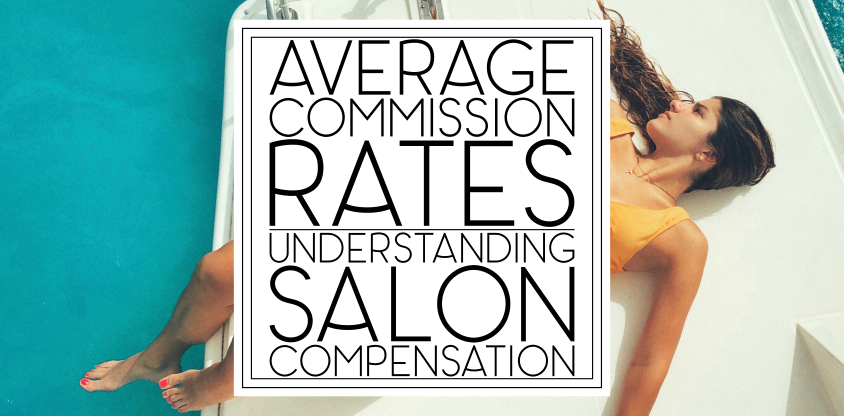
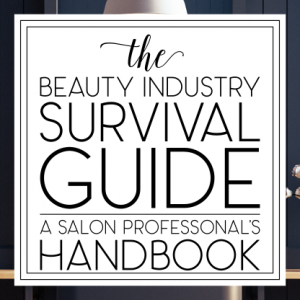
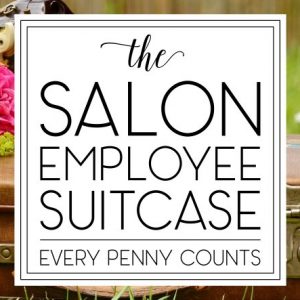


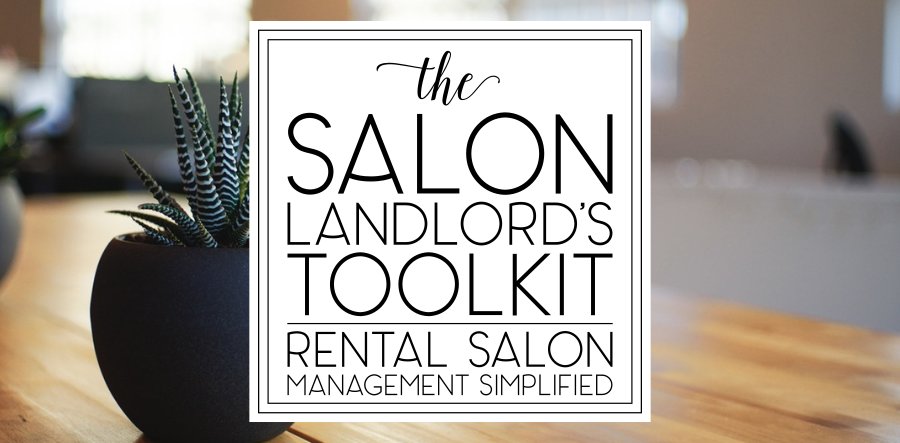


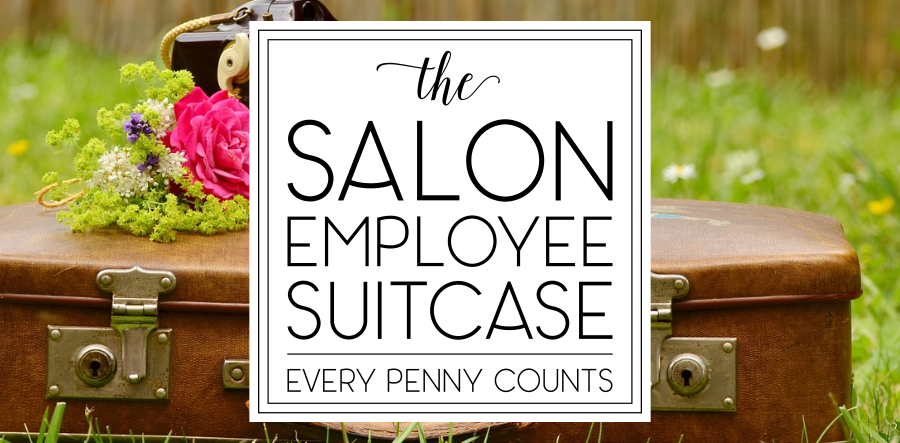

2 Responses
Thank you! Great explanations!
Thank you!